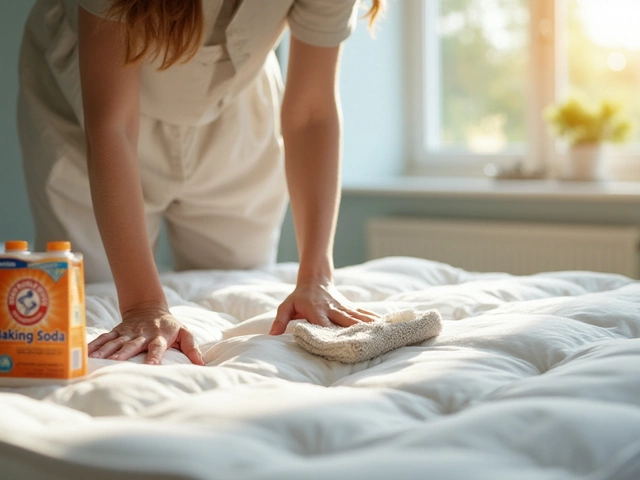Normal Wear and Tear Explained
When talking about Normal Wear and Tear, the gradual decline of a property or appliance caused by everyday use and aging. Also known as regular depreciation, it plays a key role in budgeting for landlords, homeowners and anyone responsible for upkeep. Normal Wear and Tear isn’t about neglect; it’s the inevitable result of heat, friction, moisture and time. That’s why you’ll hear it linked to things like repair costs, insurance claims and even tax calculations.
Related Concepts That Shape the Picture
One must‑see term is Wear and Tear Expenses, the allowable costs landlords can claim for the natural ageing of fixtures and fittings. These expenses feed directly into Depreciation, the accounting method that spreads an asset’s loss of value over its useful life. Together, they determine how much you can deduct each year and keep your cash flow healthy. Another player is Property Maintenance, the routine tasks that preserve a building’s condition and curb excessive wear. Regular cleaning, timely repairs and preventive checks shrink the gap between normal wear and unexpected damage. Finally, don’t mix up Limescale, hard mineral deposits left by hard water, with ordinary wear. While limescale looks like wear, it actually signals water quality issues and needs specific descaling rather than blanket replacement.
The relationships are clear: normal wear and tear encompasses depreciation, it drives wear and tear expenses, and smart property maintenance can slow its impact. At the same time, recognizing limescale as a separate issue prevents unnecessary costs. Below you’ll find articles that break each piece down – from DIY oven cleaning tricks that tackle greasy buildup (a classic wear symptom) to landlord guides on calculating depreciation, plus tips on preventing limescale in kitchens and bathrooms. Dive in to see practical steps, cost‑saving ideas and real‑world examples that will help you manage everyday wear without feeling overwhelmed.





